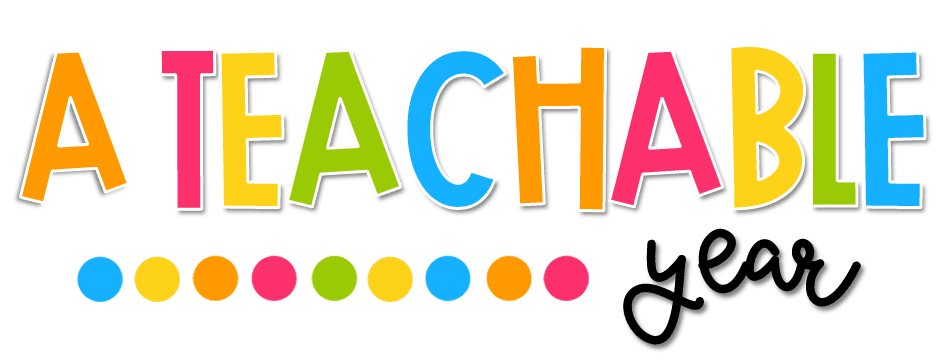Phonetic symbols represent the sounds of the English language. The alphabet we use to write English has 26 letters but 44 sounds.
Besides,*some letters have more than one sound, for example A in ant sounds different like A in car.
*some letters are not pronounced at all like e in like or love
*some sounds can be represented by different letters such as the long i in teacher or sheep.
Phonetic symbols are a visual aid for little children. The aim for using phonemic symbols with young children is to introduce them associated to a picture. For example the long i associated to the picture of a sheep.
This symbol / i:/ sounds like sheeeeeeep. Can you find some words that sound like sheeeeep? great! Tea, Teacher, bean, ...
If you introduce them in a natural way, making connections between pictures and sounds, giving children opportunities to see, listen, read, cut, sign, chant, hop, clap, paste, cook and eat symbols, your children will learn them in the same way they learn letters.
Symbols are visual and easy to remember if they are associated to a picture. In my opinion consonants are easier to learn than vowels.
What can we do with a phonetic symbol? Remember, we want to introduce them to the phonemic symbols in a natural way. Phonemic awareness is an auditory skill, we want children to identify and associate sounds and pictures.
Some ideas..
Symbols in a bottle
Make discovery bottles for symbols. Fill bottles with props related to each symbol. Add water or sand. Let children identify the sound.
Puzzles
Print symbols on construction paper. Cut them out to make puzzles.
Air writing
Let children write symbols in the air.
Dice with symbols
Print the dice and let children name words that have that sound.
Tic tac toe
Let children play tic tac toe while reviewing phonetic symbols.
Bingo
Let children play bingo while reviewing phonetic symbols.
Concentration game
Play concentration game with symbols
Symbol hunt
Beforehand, hide some symbols under objects that have that sound in their names. For example, under the box of chalk, hide the /a:/ symbol.
Make a copy of the symbols and give them to the children. Prepare badges, necklaces, bracelets, or symbols bags for each child.
Ask them to find the symbols they have.
Variation: you can use them to go on a sound hunt at home.
If you are working with young learners you can paste the picture and the symbol. If you are working with older kids you can just use the symbol card.
Show sets of at least five pictures, the names of at least three of which have the same sound.
Ask the children to say the name of each picture and point with the sticks to the words that have the sound you indicate.
Invite your kids to look for words that sounds like "llama". Invite the kids to list the words. They can also make a poster with the new words.
Graph
How many words have the /a:/ sound? How many names have the /i:/ sound? How many classroom objects have the /u/ sound?
Dot to dot symbols
Make symbols using dots. Ask children to join the dots and find the symbol.
Roll the dice, say a word that has its sound. If correct move one more space, if incorrect stay on that square.
Lacing cards
Make lacing cards using symbols, punch holes for lacing.
Colour by symbols
Print a colouring sheet. Write symbols over the picture. Make a code with symbols and colours.
Swat that sound
Using fly swaters listen to that sound and swat it.
While there are some challenges to teaching phonetic symbols in the ESL classroom, there are also many benefits. By using a variety of strategies and resources, you can help your students to learn the symbols and to use them effectively. With a little creativity and patience, you can help your students to overcome any challenges and to reap the rewards of learning phonetic symbols.






No comments
Post a Comment
Thanks for your comment!